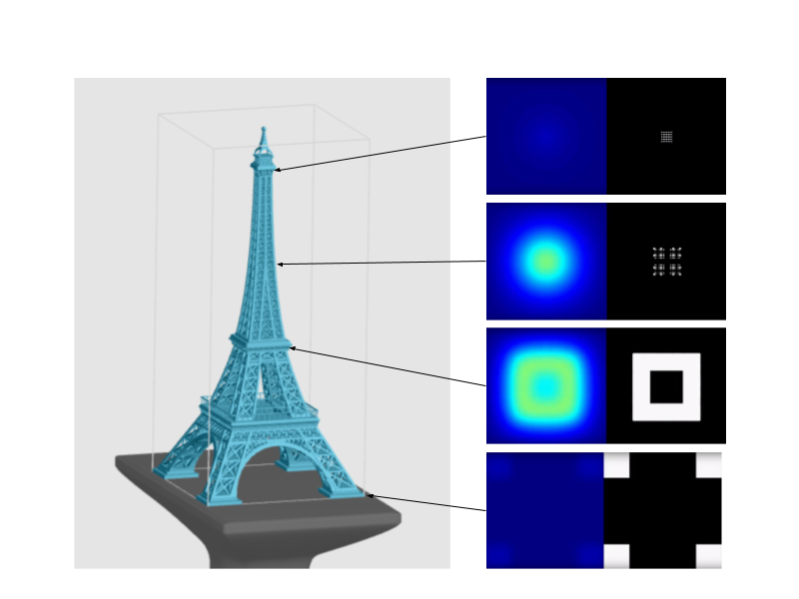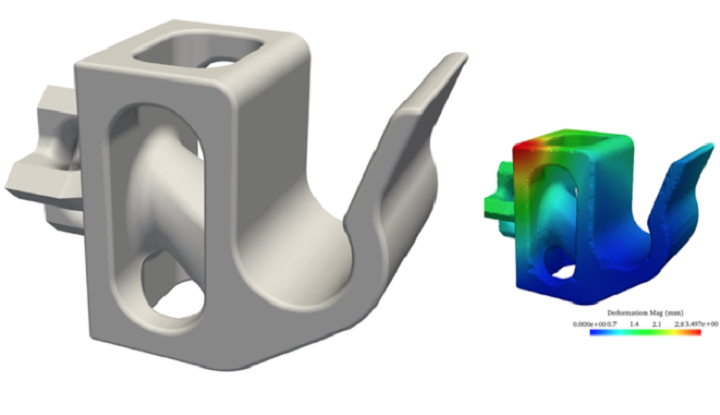Carbon announced today a new version of its 3D printing software that develops its industry tools to design, engineer and make polymeric parts using Carbon’s Digital Light Synthesis™ (DLS) technology and resins.
The Silicon Valley-based company offers now a great number of tools to enable customers to print parts easily, optimize supports for material usage, as well as reduce post-processing.
Furthermore, while using the software, customers can have access to FEA (finite element analysis), a powerful cloud-based computational technique that simulates the forces of DLS.
What else could customers expect?
“Carbon is often recognized for its innovations in hardware and materials science, but our software is what enables all of these pieces to work together seamlessly,” said Roy Goldman, Director of Software at Carbon. “Carbon’s software creates a digital canvas on which every cubic millimeter of a part can be designed, controlled, and optimized before it’s printed. We’ve built this software from the ground up, providing our customers with a comprehensive view of the design process that helps ensure a part performs as desired, and enables fast printing and easy post-processing. These new FEA-backed automated support tools are the first of their kind and take our software to a whole new level.”
New features of Carbon’s 3D printing software include advanced auto supports. This option enables to realize where a specific part might need more support. It also ensures a very good printing in the first round.
As far as new fence supports are concerned, they enable to support edges so they print with precision, minimize material usage, and produce parts with minimal support artifacts.
Another key element concerns fast and secure simulations which require a significant amount of computing power. The cloud-based computing architecture for instance might speed up the simulation, from days to hours.

Other relevant features include: a software-controlled chemical reaction of the printing process, an algorithmic design, the printer profiles as well as a provenance and fleet management.

For further information about 3D Printing, follow us on our social networks and subscribe to our newsletter!
//pagead2.googlesyndication.com/pagead/js/adsbygoogle.js
(adsbygoogle = window.adsbygoogle || []).push({});





